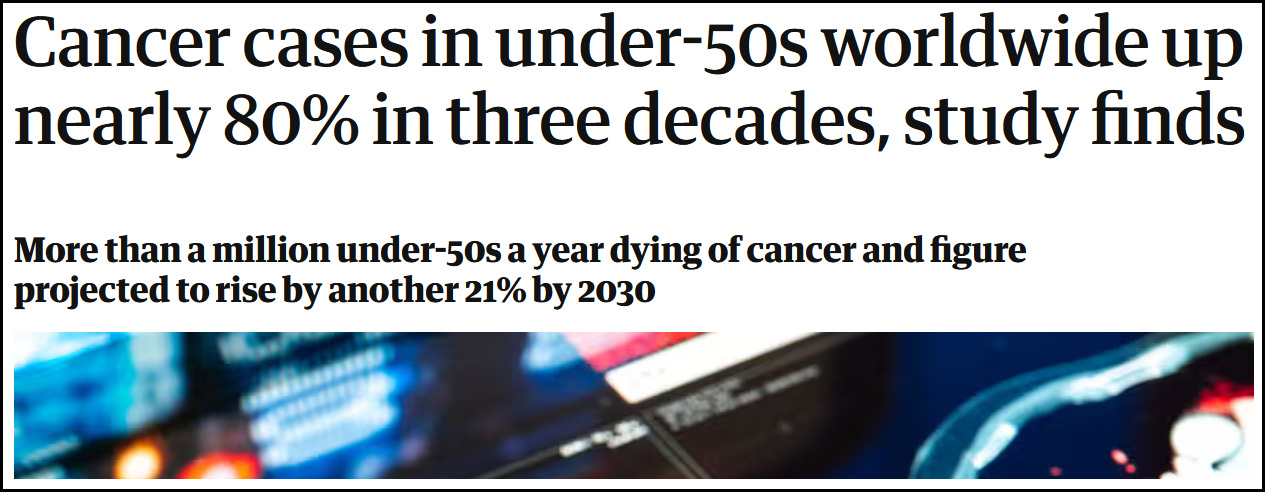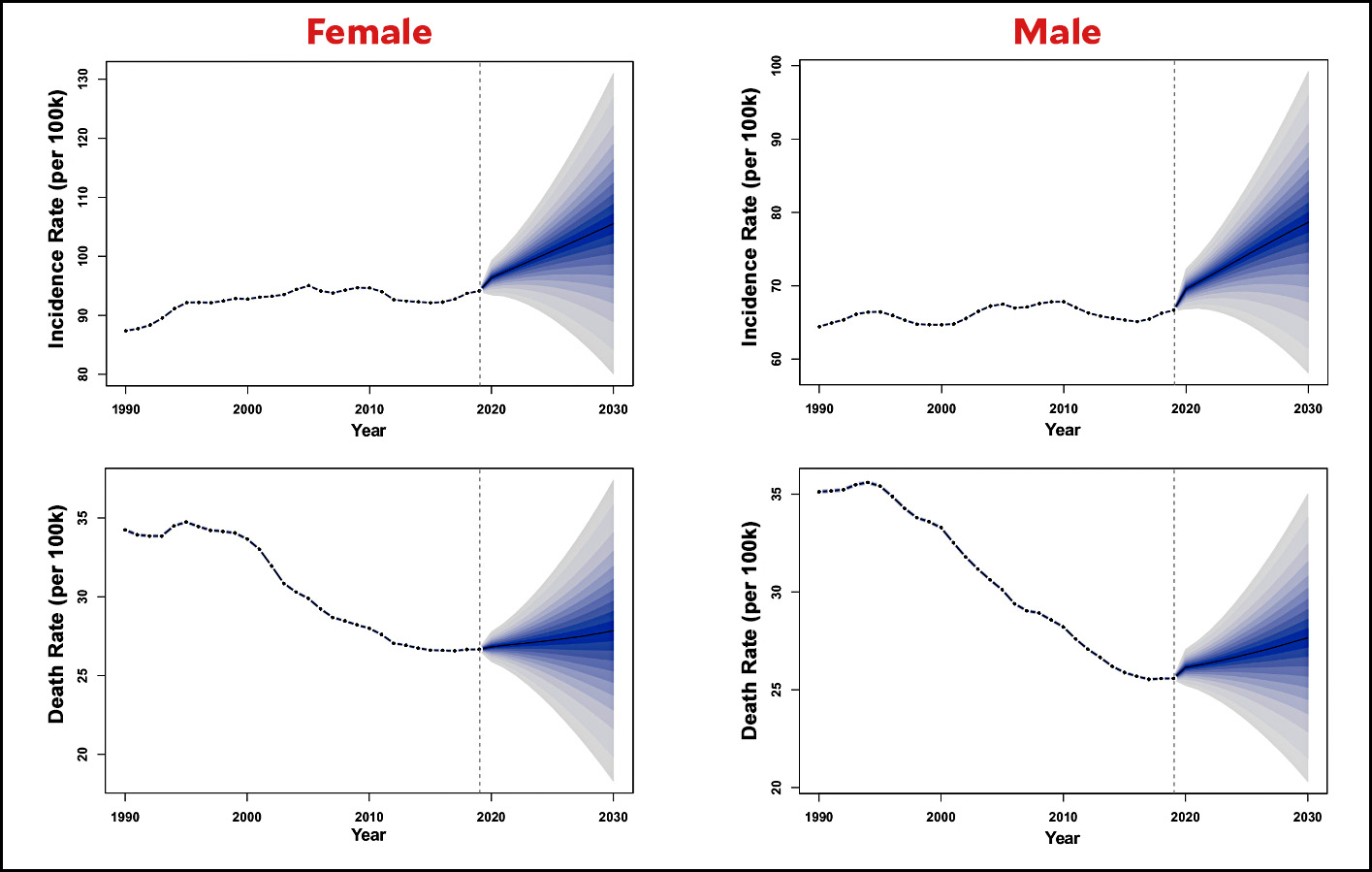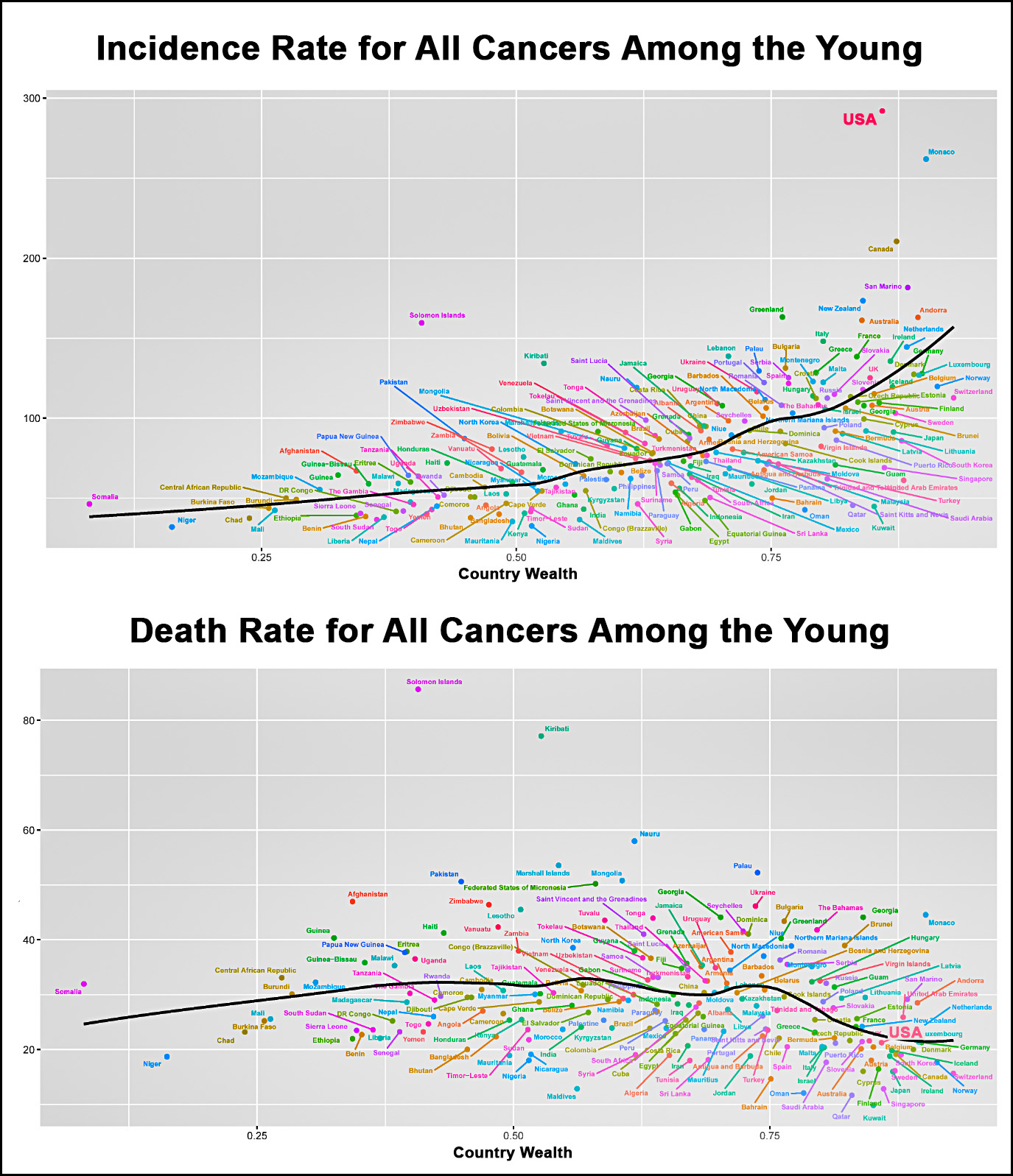In Zeke Faux's new book, Number Go Up, Sam Bankman-Fried explains how cryptocurrency works:
A day before the start of the Bahamas conference, Bankman-Fried had all but admitted that much of his industry was built on bullshit. During an interview on Bloomberg’s Odd Lots podcast, the columnist Matt Levine asked a straightforward question about a practice called yield farming. As Bankman-Fried attempted to explain how it worked, he more or less laid out the how-to of running a crypto pyramid scheme.
“You start with a company that builds a box,” Bankman-Fried said. “They probably dress it up to look like a life-changing, you know, world-altering protocol that’s gonna replace all the big banks in 38 days or whatever. Maybe for now actually ignore what it does — or pretend it does literally nothing.”
Bankman-Fried explained that it would take very little effort for this box to issue a token that would share in the profits from the box. “Of course, so far, we haven’t exactly given a compelling reason for why there ever would be any proceeds from this box, but I don’t know, you know, maybe there will be,” Bankman-Fried said.
Levine said that the box and its “Box Token” should be worth zero. Bankman-Fried didn’t disagree. But he said, “In the world that we’re in, if you do this, everyone’s gonna be like, ‘Ooh, Box Token. Maybe it’s cool.’”
In other words, a guy at the center of crypto hype was not only more cynical about crypto than even I am, he was perfectly willing to admit it in public.
From crypto to Donald Trump, it's remarkable how eager people are to be bullshitted. They're so eager that it does no harm to explicitly announce that you're bullshitting them. Neither crypto enthusiasts nor Trump fans care. In fact, they revel in the bullshit. The more the better.
I don't think this is a new feature of American culture. Quite the contrary. It just happens to be more glaringly obvious than usual at this nano-moment in history.









